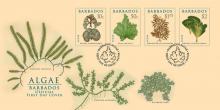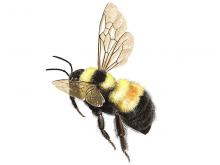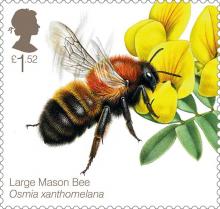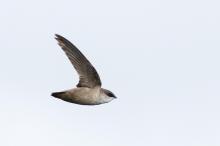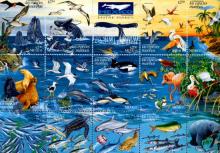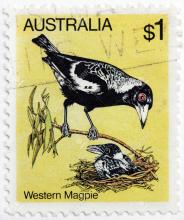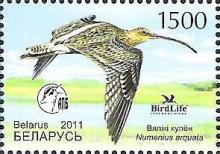Common Insecticide Identified in Midwestern Streams Is Harmful To Aquatic Insects
A federal study published in the journal Environmental Science and Technology shows smaller amounts of a common bug killer may be more harmful in Midwest streams than previously thought. The chemical compound bifenthrin is used to kill mosquitoes, aphids on crops, and ants and termites in households. But the insecticide also gets into waterways. USGS scientists evaluated the effects of bifenthrin on natural communities of stream invertebrates, such as mayflies and midges, using artificial streams.

